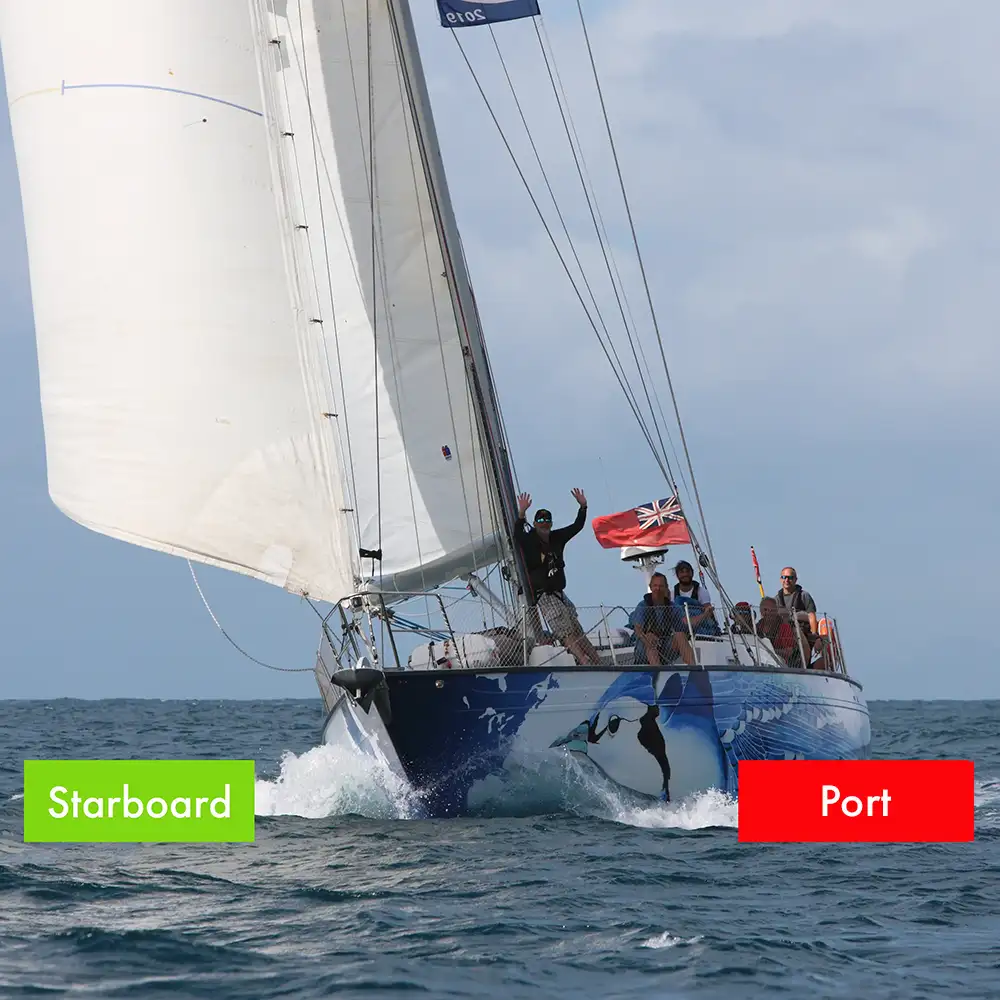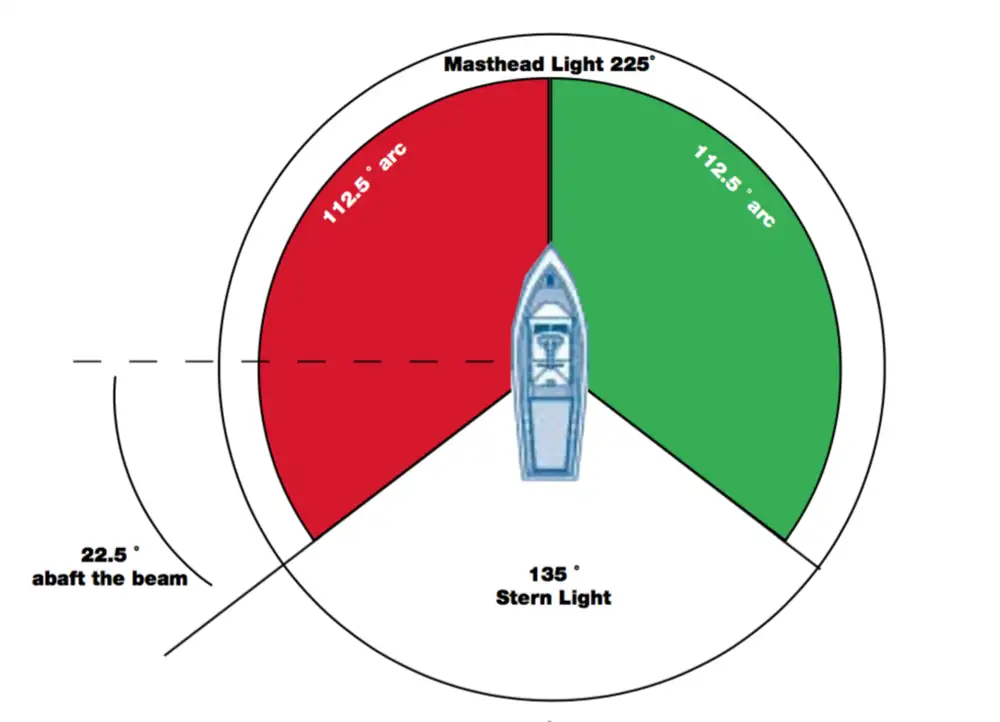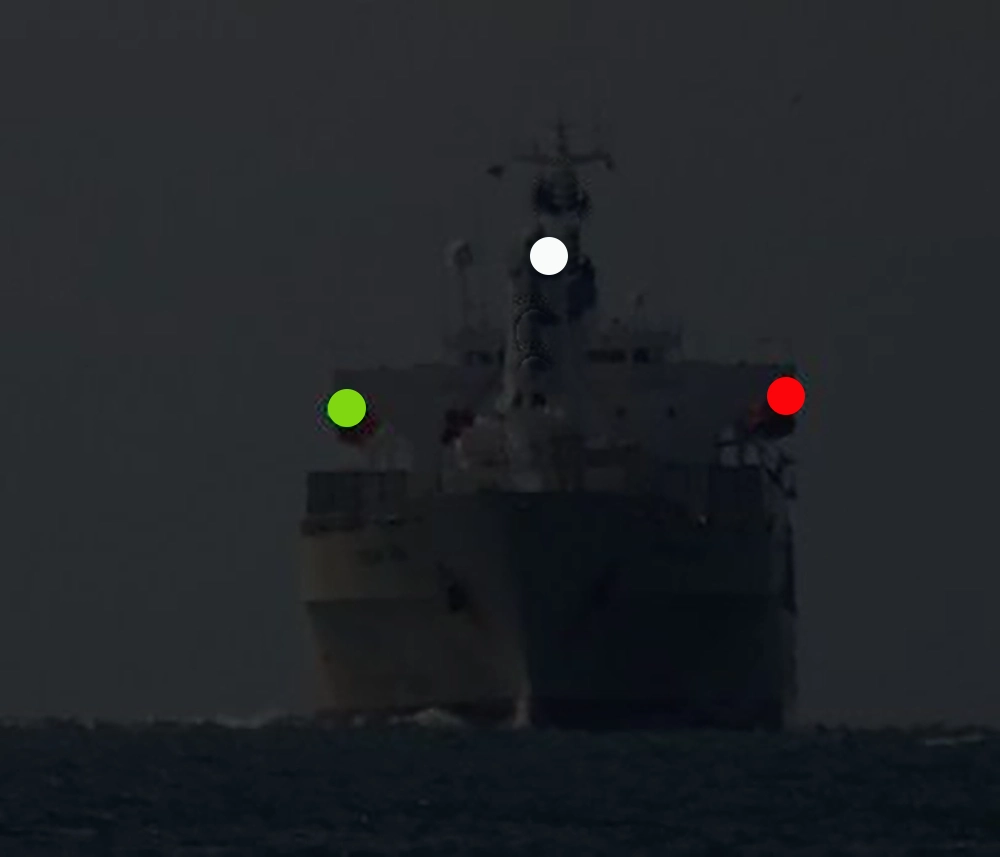The importance of understanding nautical terms like port and starboard sides cannot be overestimated and is crucial for anyone involved in sailing. The terms relate to the left and right sides of a boat but sailors use the words port and starboard to make absolutely sure they know which direction is being talked about. When facing forward, port refers to the left side of the vessel and starboard to the right side of the vessel. This orientation remains constant regardless of the observer’s position on the vessel, ensuring clarity and consistency in understanding and communication. You need to know and understand port and starboard without hesitation or you are going to find yourself in some unforeseen emergency situations.

Understanding Port and Starboard Basics
Port and starboard are nautical terms used to refer to the left and right sides of a vessel, aircraft, or spacecraft. These terms are fixed positions, meaning they don’t change regardless of the direction you’re facing on the boat. Port refers to the left side of the vessel, while starboard refers to the right side. Understanding port and starboard is essential for safe navigation and operation of water vessels, including paddleboards, kayaks, rafts, rowboats, and larger watercraft.
To remember port and starboard, you can use the following tips:
- Count the letters: “port” and “left” both have 4 letters.
- The first letter of each direction can help you remember: S for “starboard” is closer to R for “right,” and P for “port” is closer to L for “left.”
- “Starboard” has more Rs, representing the right side of the boat.
- Port wine is a type of red wine, and the phrase “Is there any red port left in the bottle?” can help you remember that the red light means “port” and is on the left side.
Origins of Port and Starboard
If you know why port is called port and why starboard is called starboard, it will help you to remember which is which. The term ‘starboard’ can be traced back to the early days of sailing, before ships had rudders on their centerlines. They were controlled with steering oars, which were large paddles mounted on the right side at the stern. Most of the sailors on board were right-handed, so these steering oars were placed on the right side, leading to the name ‘starboard’. It is composed from the Old English words steor (to steer) and bord (the side of a boat). To avoid damaging the steering oar on their starboard side, ships coming into port could only dock on their left-hand side (the opposite side), hence the term ‘port’ side.
Why Red for Port and Green for Starboard?
All vessels (and aircraft) have a red light on their port side and a green light on their starboard side. This allows other sailors at night to understand the orientation and direction of the vessel purely through the lights. Ships take a long time to turn and stop, so they need as much time as possible to begin any maneouvres. The arc of visibility of the red light and green light means that they canbe absolutely sure of which way the ship is facing. The use of red lights and green lights is also very helpful for collision regulations in crossing situations. If you see (orwould see if it was dark) a red light, so the vessel is approaching from your starboard side, it means stop, give way. Alternatively if you see a green light, the ship must be approaching from your port side, and it reminds you that you are the stand on vessel.

Channel Markers
Understanding port and starboard is also essential for interpreting channel markers, which guide vessels safely through navigable waters, usually in or out of harbor. The world follows two main systems for buoyage and channel marking: IALA (International Association of Lighthouse Authorities) System A and System B. These systems dictate which colors mark the port and starboard sides of a channel when entering from seaward, so make sure you know which system you’re in.
IALA System A (Europe, Africa, Asia, Australia)
- Port Side Marks (Red) – When entering a harbor or channel from the sea, red buoys must be kept to the port / left side of the vessel. These are typically can shaped and may have a red light at night.
- Starboard Side Marks (Green) – Green buoys should be kept to the starboard / right side when entering the harbor from the sea. These are generally cone shaped and may have a green light at night.
IALA System B (Americas, Japan, Korea, the Philippines)
- Port Side Marks (Green) – When entering from the seaward, green buoys must be kept to the port / left side of the ship.
- Starboard Side Marks (Red) – Red buoys should be kept to the starboard / right side when entering harbor.
Memorization Tips
Memorizing port and starboard can be made easier with a few creative tricks:
- How to remember port and starboard? It can be made easier with a few creative tricks:
- The same number of letters: “Port” and “left” each have four letters, linking the direction and side.
- Color Association: The phrase “there is no red port left in the bottle” helps associate red with the left (port) side, while green naturally falls to starboard.
- Mnemonic Devices: Phrases like “The ship’s LEFT PORT” or “StaRboaRd is RIGHT” or “RED PORT wine” can help. Another one is the saying ‘Sailors use stars to point them in the right direction after they have left port”.
- Practical reminders: labelling the sides of a boat or wearing specially marked socks. Just make sure you have a red sock on your left foot and a green or starboard sock on your right foot!

Train with Rubicon 3
At Rubicon 3, we specialise in adventure sailing and practical training that goes beyond the basics. Whether you’re learning to navigate offshore, refining your seamanship skills, or preparing for RYA qualifications, our hands-on approach ensures you gain real-world experience in varied conditions. From understanding nautical terms port and starboard to mastering offshore passage planning, our expert skippers will help you build confidence and competence at sea. See our training adventures here.